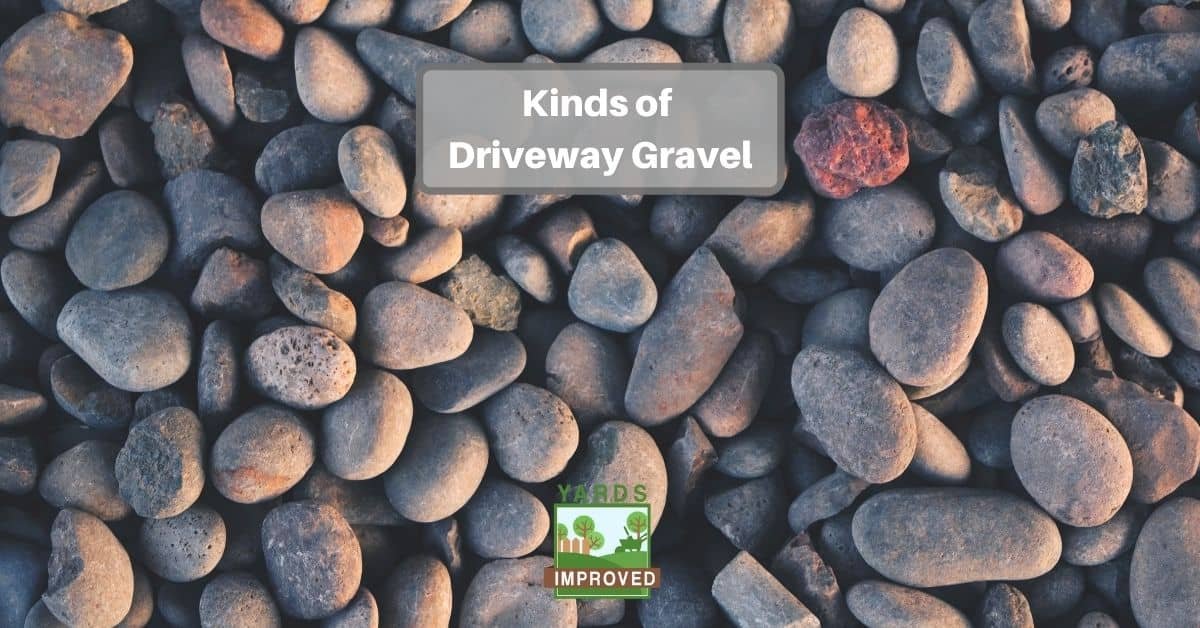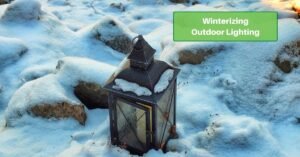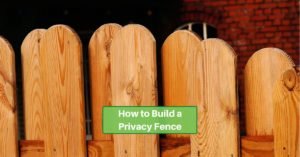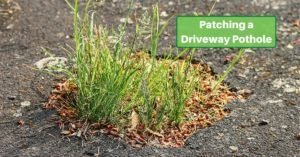Gravel is a great-looking material for a driveway. But there are so many different types! The distinct sizes, colors, and shapes let you choose an appearance that goes great with your home. But are you familiar with the different varieties available?
Why Use Gravel?
There are many reasons to choose gravel from among the many options for a driveway surface.
As we mentioned, there are many varieties, so you can get a look (and a feel, too) that you like. Each type has its own texture, unlike other flat, hard driveway materials.
Gravel provides drainage, too. Water passes through it and can be absorbed by the soil beneath. You rarely have to worry about rain forming puddles in the driveway. Even worse, water won’t run down the surface toward your house if the house is at the low end. That can be a big problem with a hard-surface driveway during heavy rains!
It’s easy to do repair work on gravel, too. Often, it’s just a matter of smoothing out a hole with a shovel. Even if you have an oil stain, you can mix the stained stone in so it’s at the bottom.
Finally, gravel is almost always the least expensive option. You may choose it for other reasons, of course. But if your budget is tight, it’s a great option and still looks fantastic!
Of course, there are some drawbacks to gravel, also.
Over time, it can wash away. Since your driveway consists of tens of thousands of individual pieces not held together, heavy rain can move them onto the lawn or into the street. Your tires, a snowblower, or any other force can toss them out of place, too.
Weeds can also work their way through the gravel and sprout up in the middle of your driveway. The size of a driveway and the weight of vehicles on it make it impractical to use a liner underneath it. That might work for small gravel beds.
Gravel driveways can also be hard to deal with when it snows. It’s hard to shovel, and the small stones can play havoc with a snowblower, too.
And gravel is hard to clean. Yes, it’s easy to bury stained pieces. But if you have a huge stain, that gets harder. And there’s no easy way to do a deep clean of all those tiny pieces.
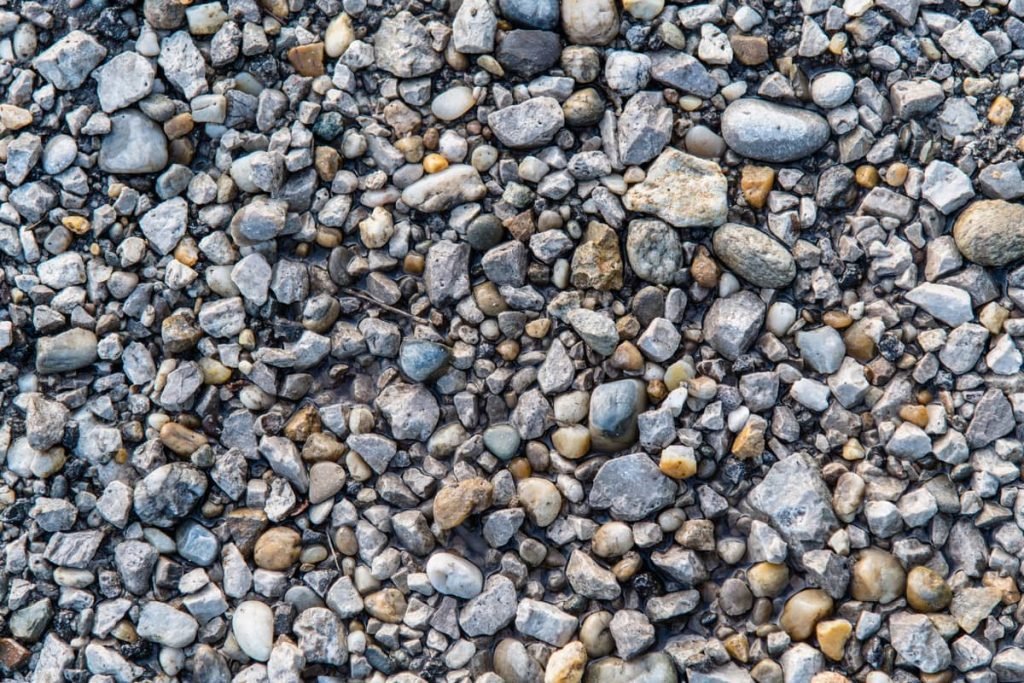
What Is Gravel?
Gravel is, of course, small rocks. But the term is loosely used to cover a variety of materials. As people generally think about it, it includes stone, rock, and gravel.
What’s the difference? Not a whole lot. Technically, it comes down to size and what forms them. Rock generally refers to a large object. Stone is smaller pieces of rock. And gravel is similar to stone, but it’s shaped and carried by water.
However, these names are often confused; the distinctions get blurred when it comes to driveway materials. You don’t want a driveway built of “rocks,” even if you have a monster truck. But some driveway materials are referred to as “rock.”
One distinction to keep in mind, though, is crushed stone vs. gravel. Crushed stone is stone or rock formed by a machine. Natural forces create gravel.
Gravel and stone come in three different size ranges:
- “Fine” gravel measures up to about ⅜ inch. It’s not ideal for driveways.
- “Medium” is from ½ to ¾ inch.
- “Coarse” usually refers to crushed stone rather than “gravel,” strictly speaking. It can be up to 1 ½ inches.
Usually, a layer of coarser stone serves as a base for the driveway. Then a finer stone or gravel is used on the surface to provide a more finished look.
Base Layers
- Crushed stone #3 (“clean stone”)
Crushed stone #3 is up to four inches across. It often serves as a foundation for a driveway. Since it’s large and irregular, it will always allow for good drainage.
- Item #4
So, the marketing department was apparently on vacation when some of these got named. Creativity is lacking!
But anyway, Item #4 is a base material made of sand, dirt, and pulverized stone. It’s more compact than crushed stone #3, so it doesn’t offer great drainage. But it provides a solid base for gravel on top.
- Crushed stone #57
This crushed stone measures between ½ and 1 inch across. It’s used in ditches for pipes. It provides good drainage and makes a good driveway base.
- Crushed stone #411
Crushed stone #411 consists of #57 mixed with stone dust. That means it has less ability to let water drain away, but it’s still a solid foundation material.
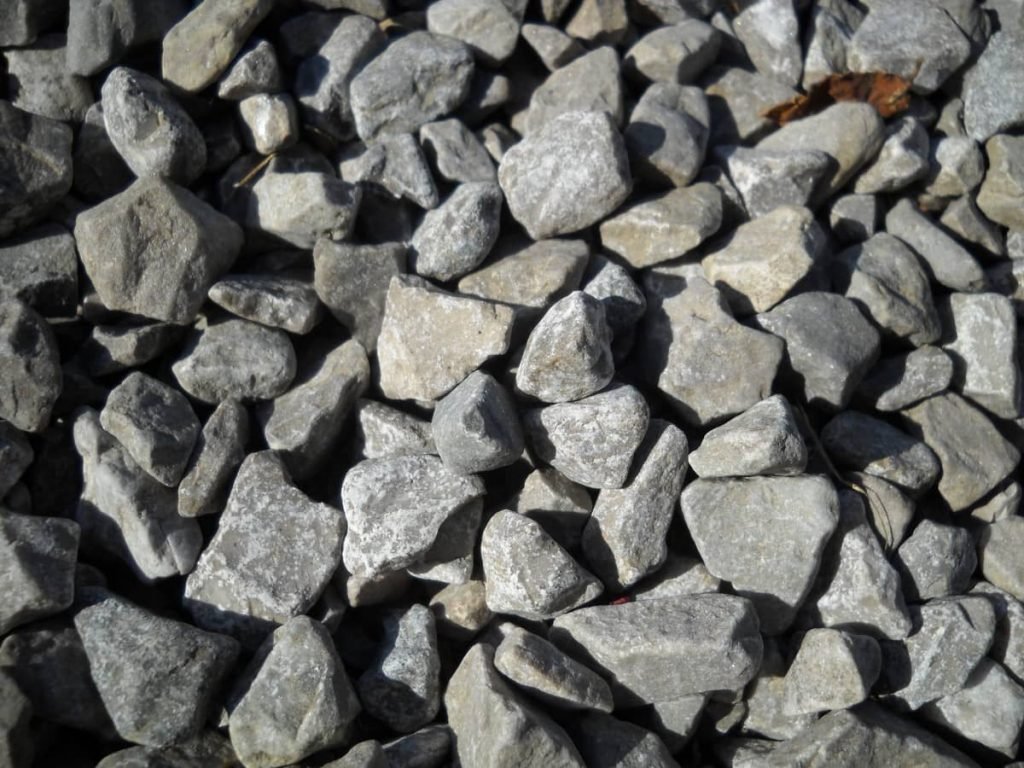
Top Layers
- Quarry process aka Crusher run aka “Crush and run”
Quarry process consists of fine stone and stone dust. It’s the cheapest – and the least attractive – type of driveway material and is common on construction sites for temporary roads for heavy vehicles. If you need a simple, temporary driveway, it’s a good alternative.
- Pea gravel
Pea gravel takes its name from the size of this material. It measures from ⅛ to ⅜ inch. It is fine enough that it doesn’t hurt to walk on. Even barefoot, you won’t feel too uncomfortable.
Its tan, white, brown, and grey colors are what make it aesthetically attractive.
- Jersey Shore gravel
Jersey Shore gravel looks almost like yellow sand on the seashore. You can get it in ⅜-inch and ¾-inch sizes.
- River rock
River rock comes from a river (just as the name says!). It comes in a wide range of sizes, all the way up to 5 inches across. The constant pounding of the water has worn it smooth on all sides, so it’s generally oblong. It also has a wide range of colors.
Since it looks fancier than other driveway stones, many people install it as decorative edging.
- Marble chips
White marble can be crushed and used as a driveway surface, too. It doesn’t glisten like polished marble, of course, but still has a refined look.
Conclusion
Gravel is an inexpensive but attractive surface for a driveway. It does have a few negatives, but it also offers a lot of advantages. There are many sizes, colors, and shapes available to suit your taste!

